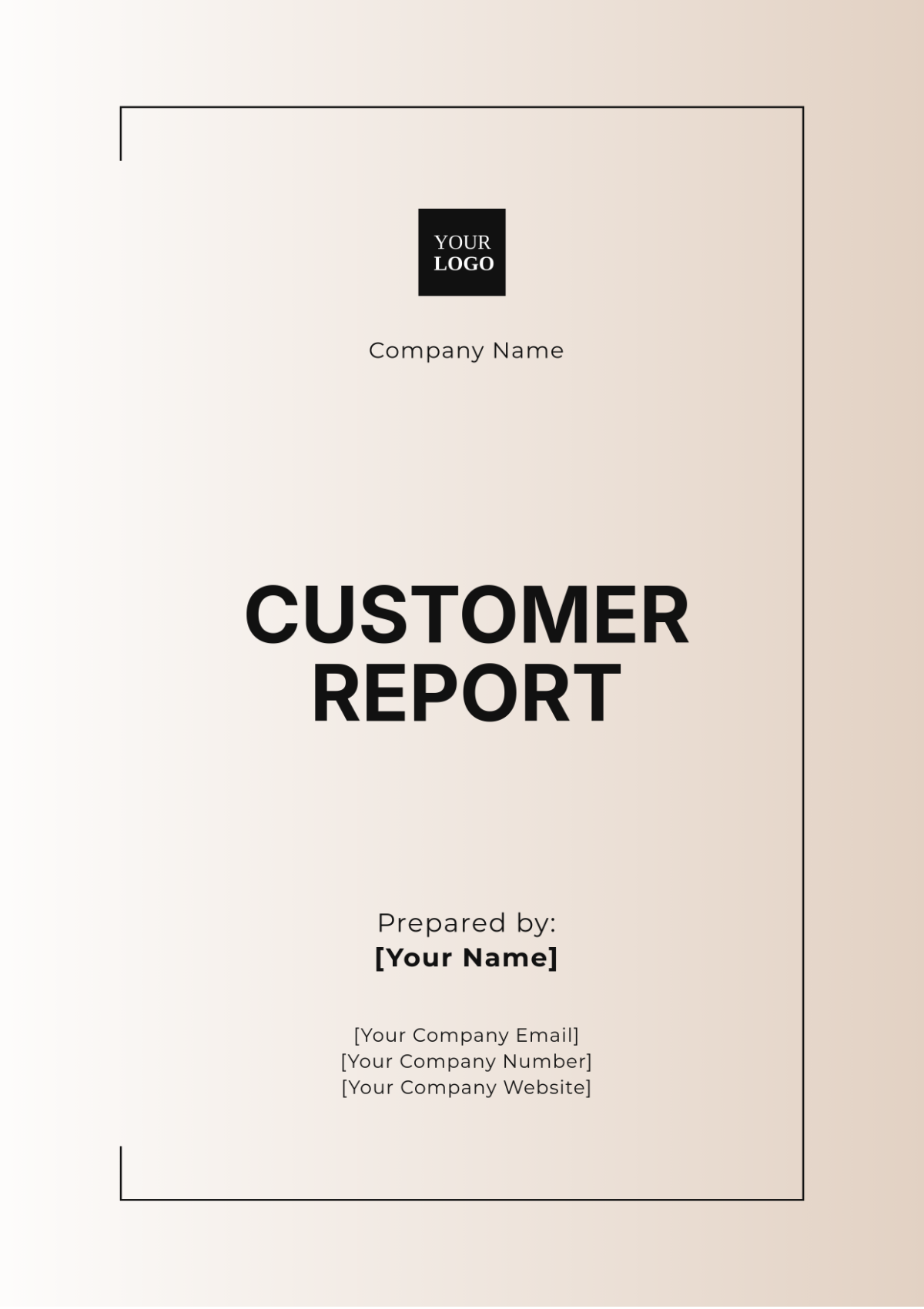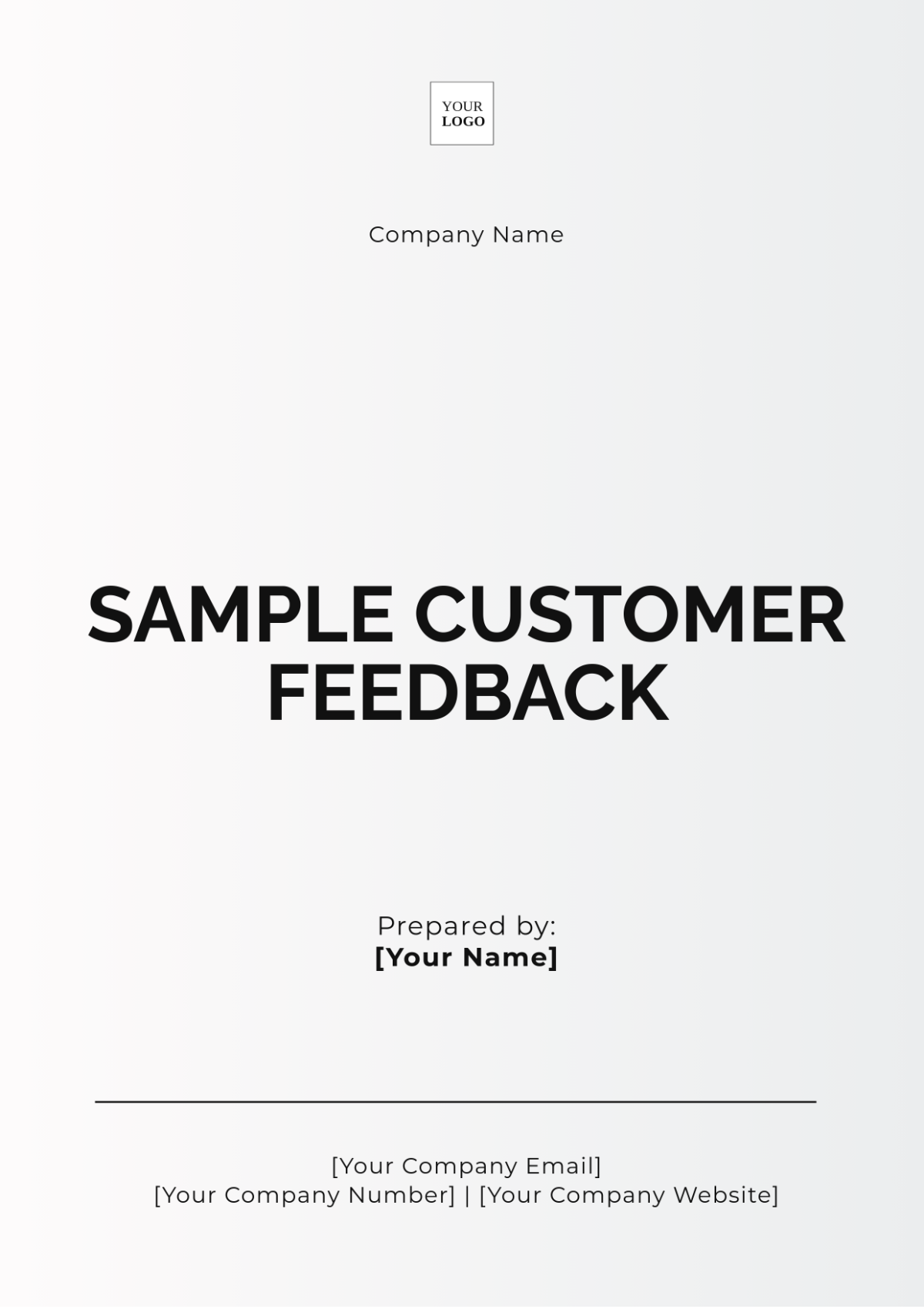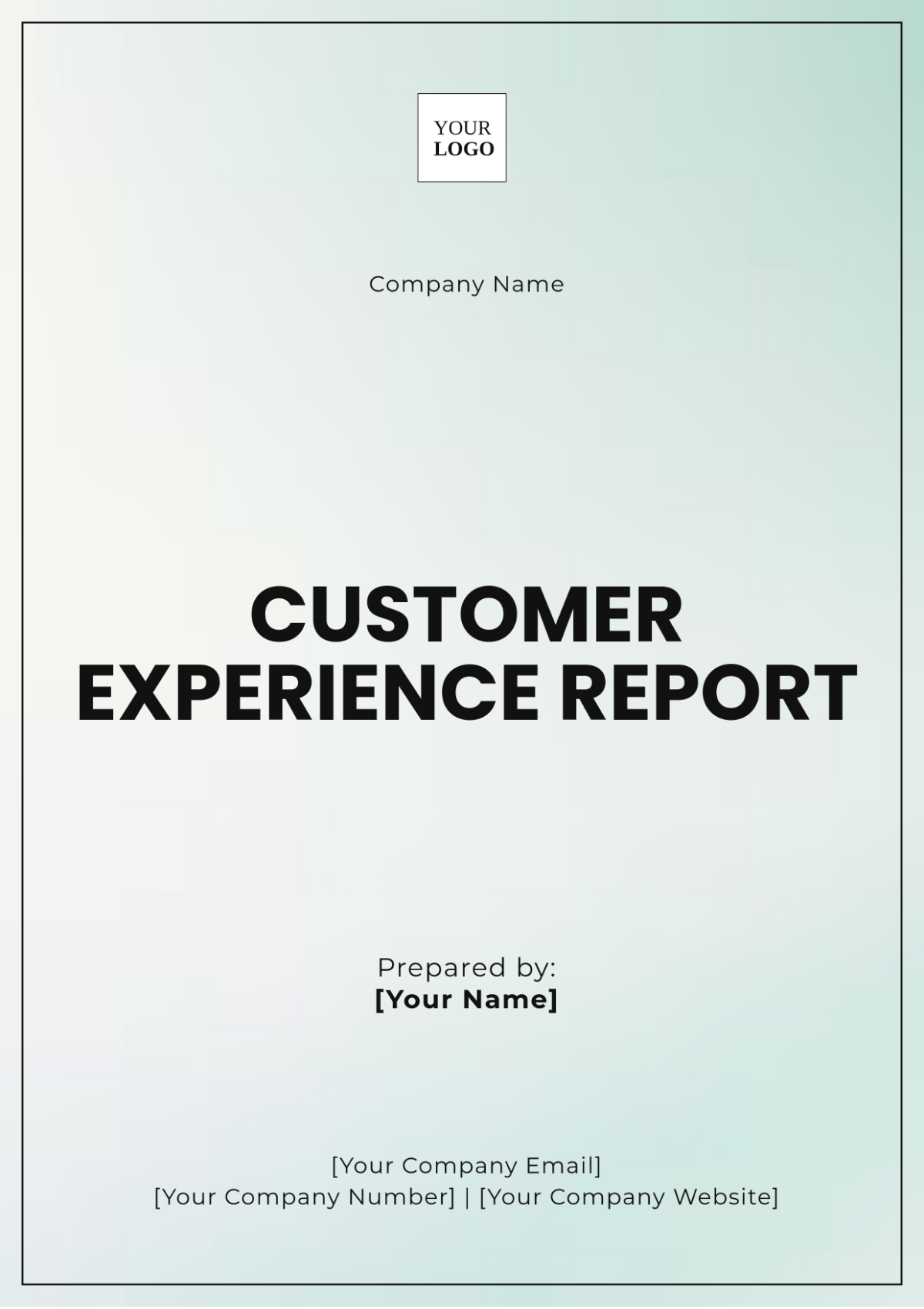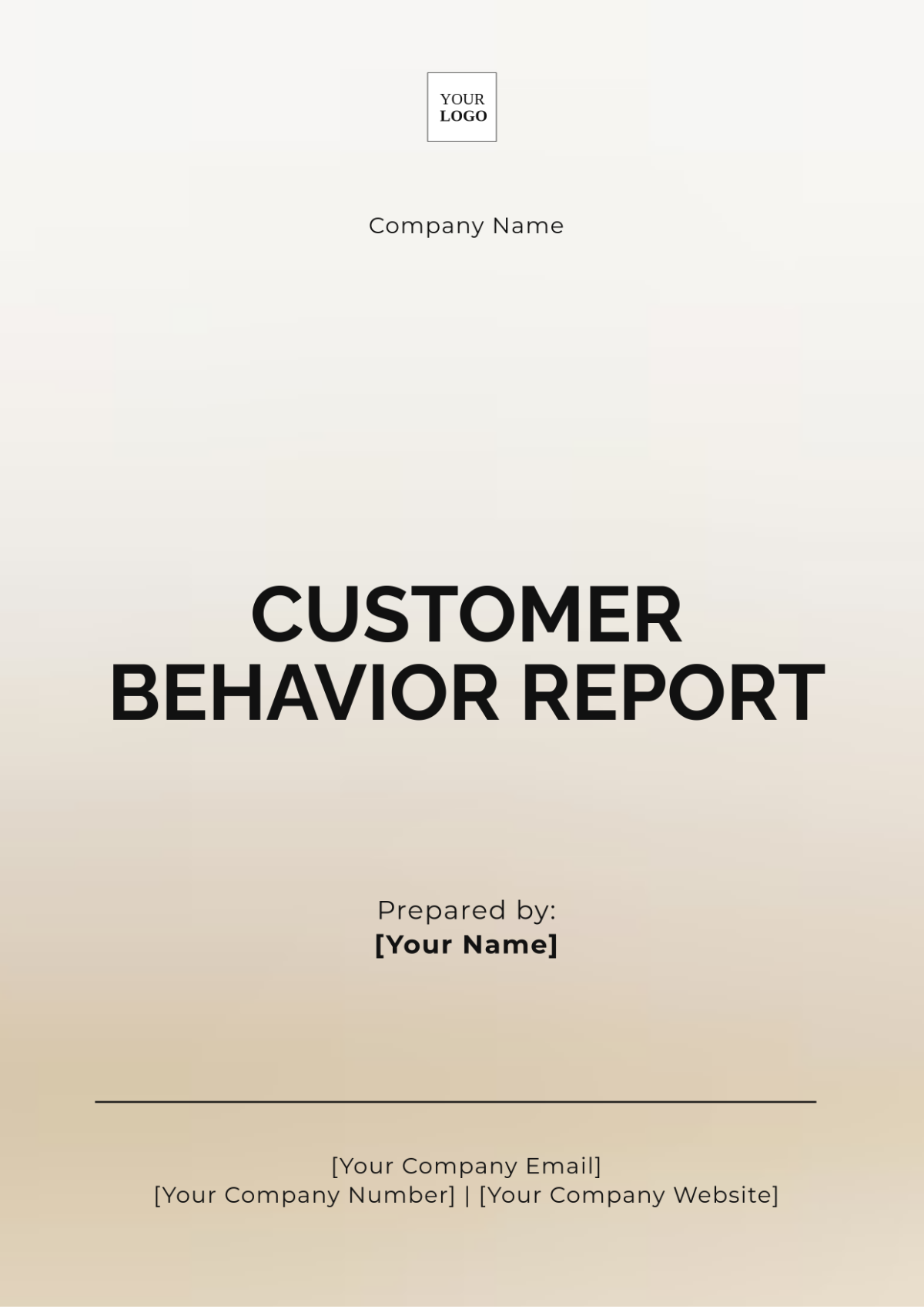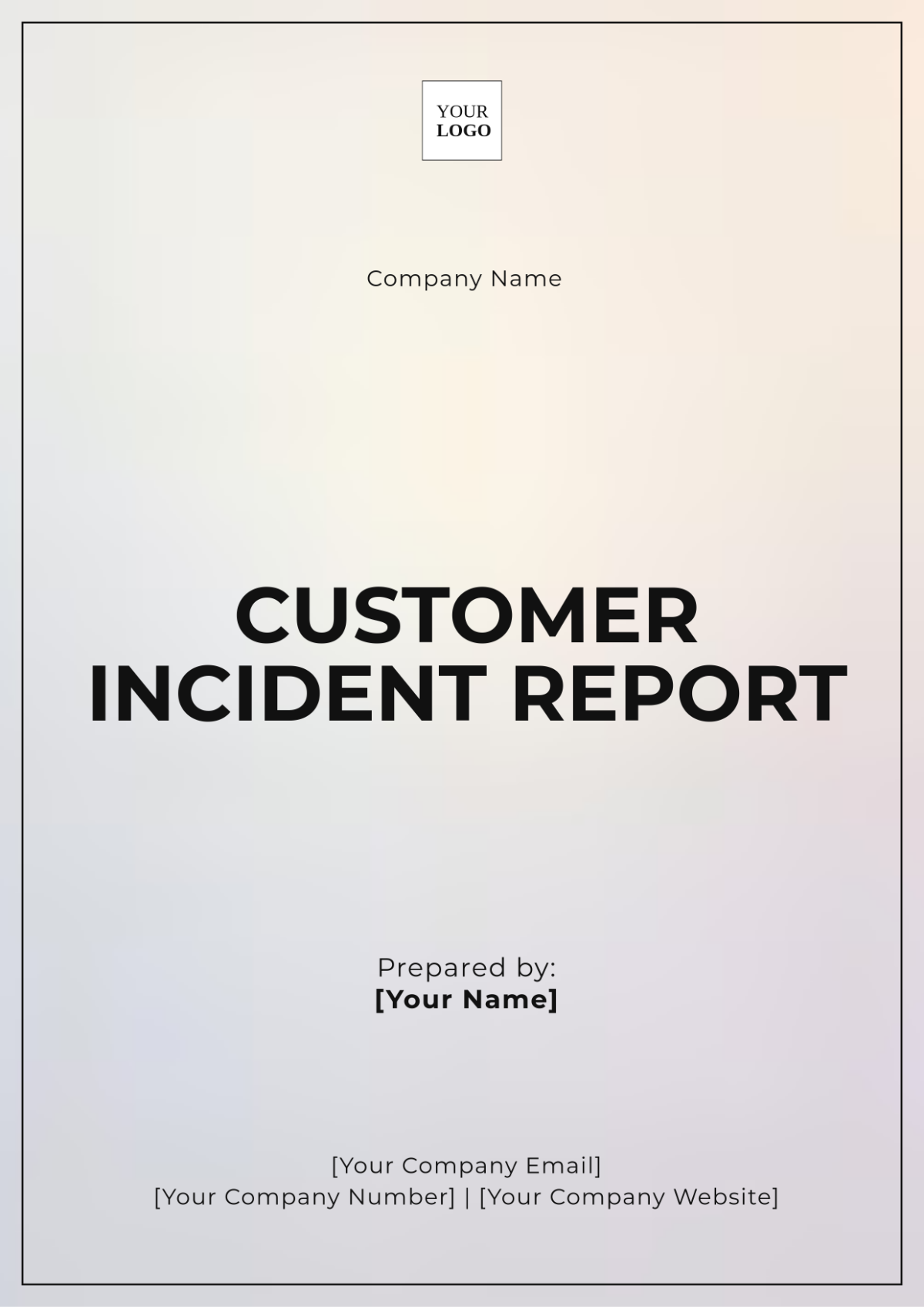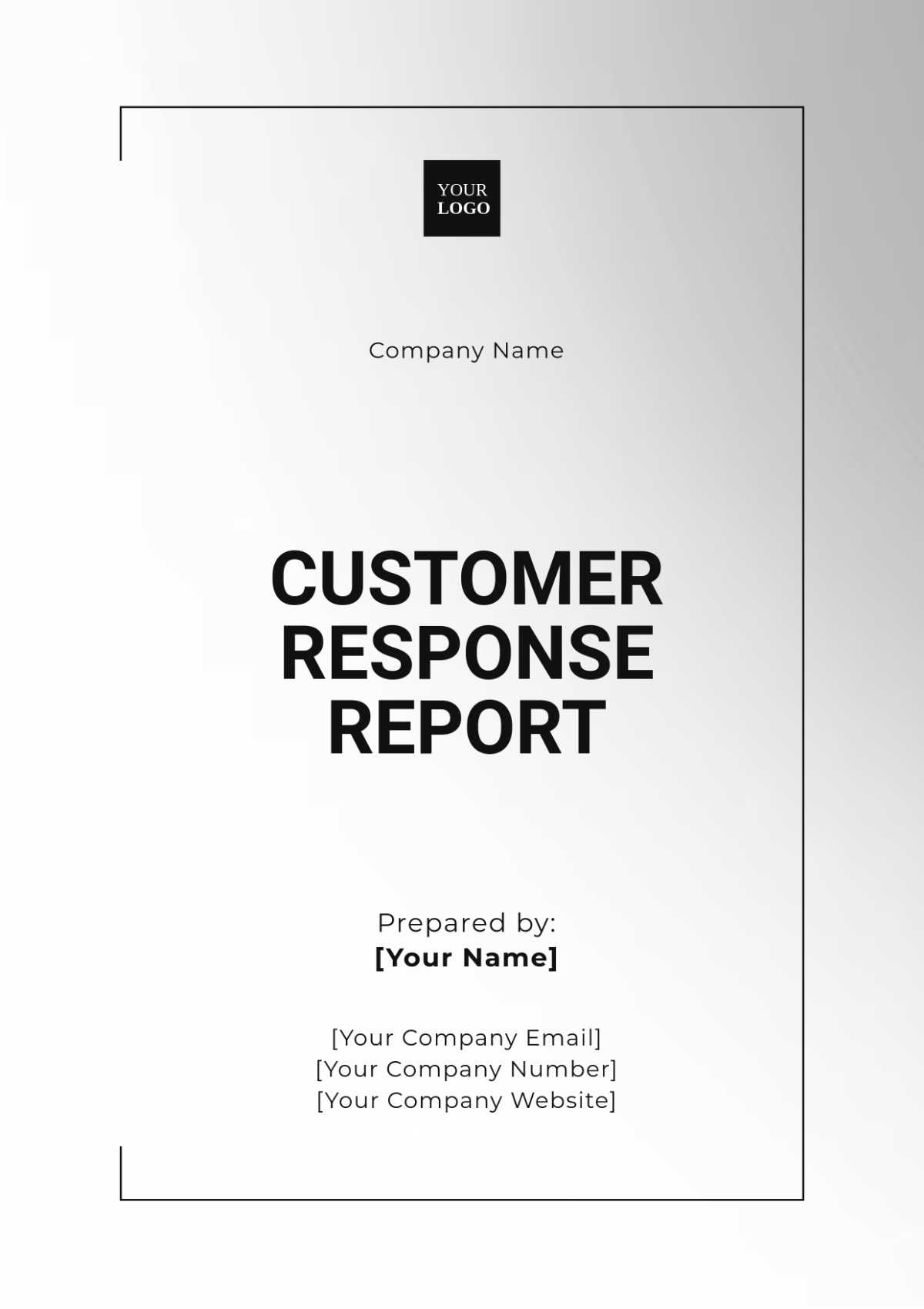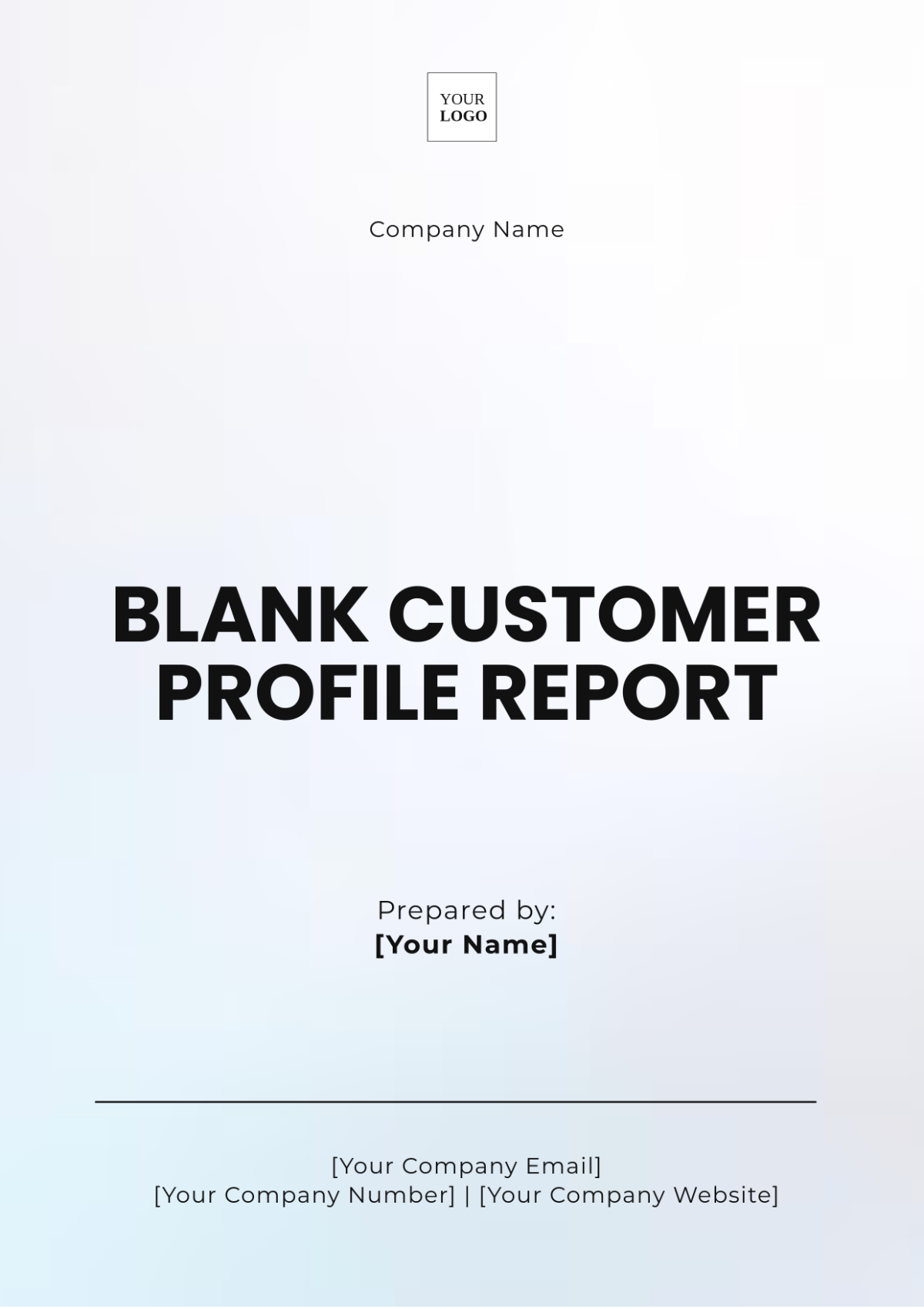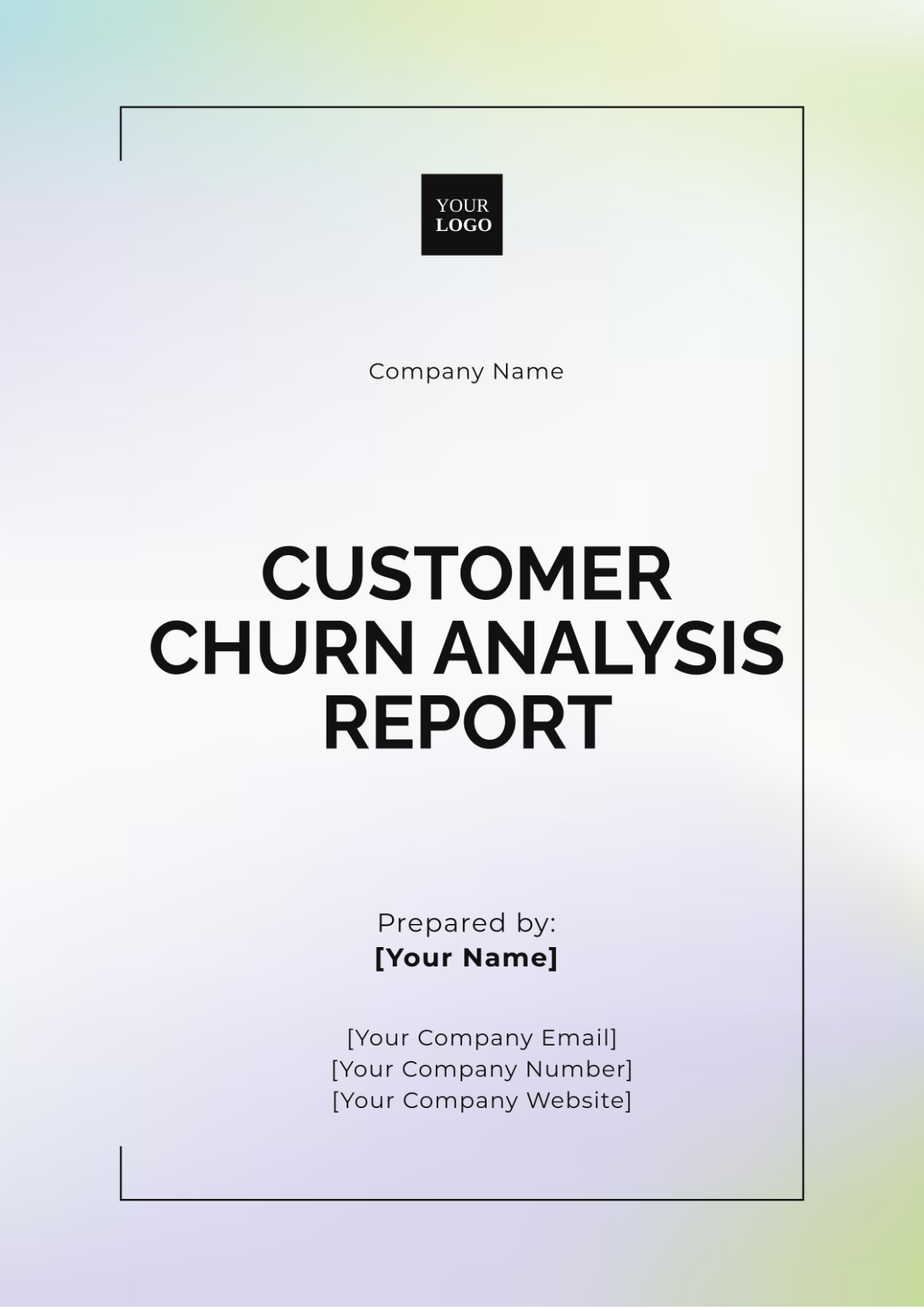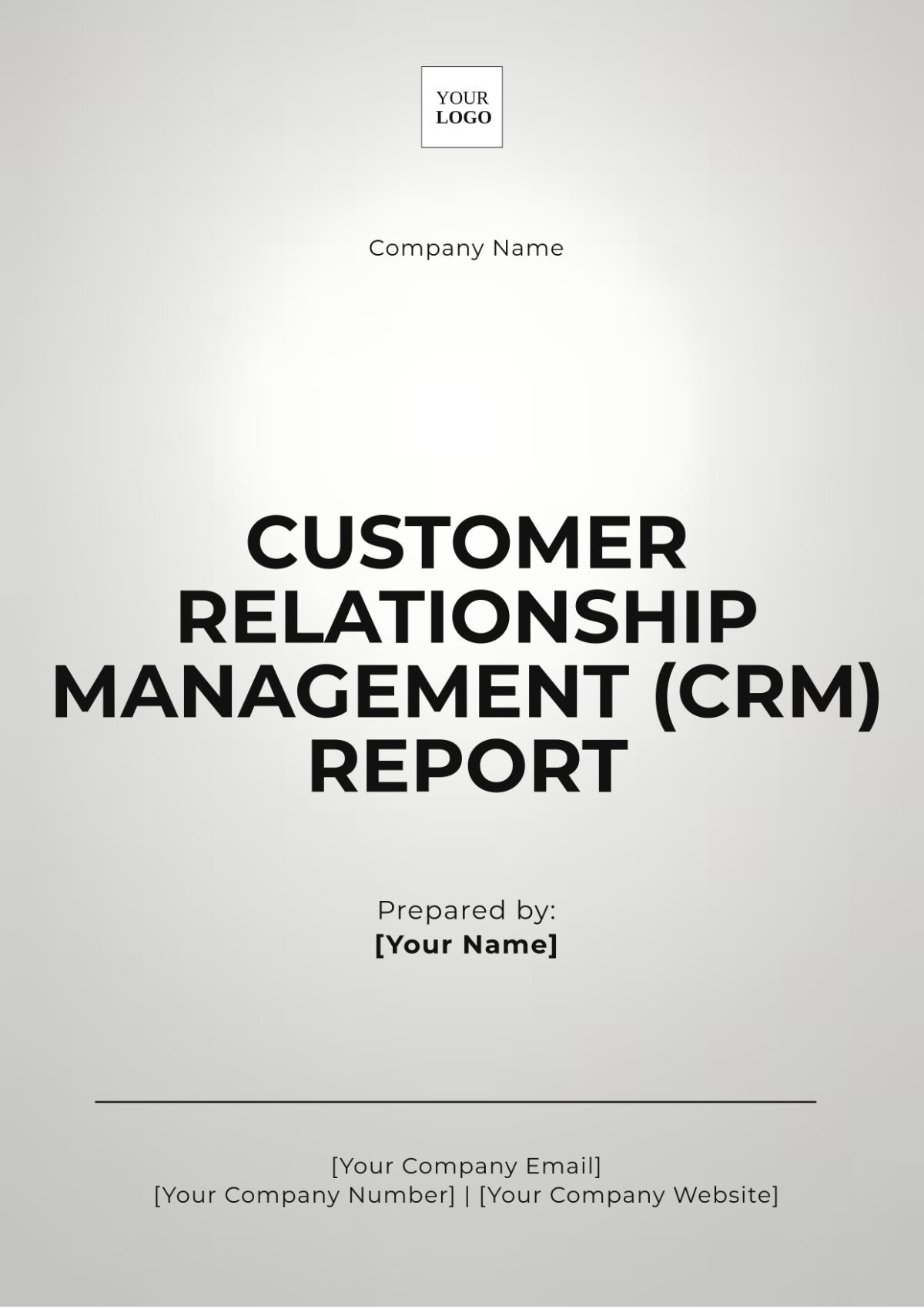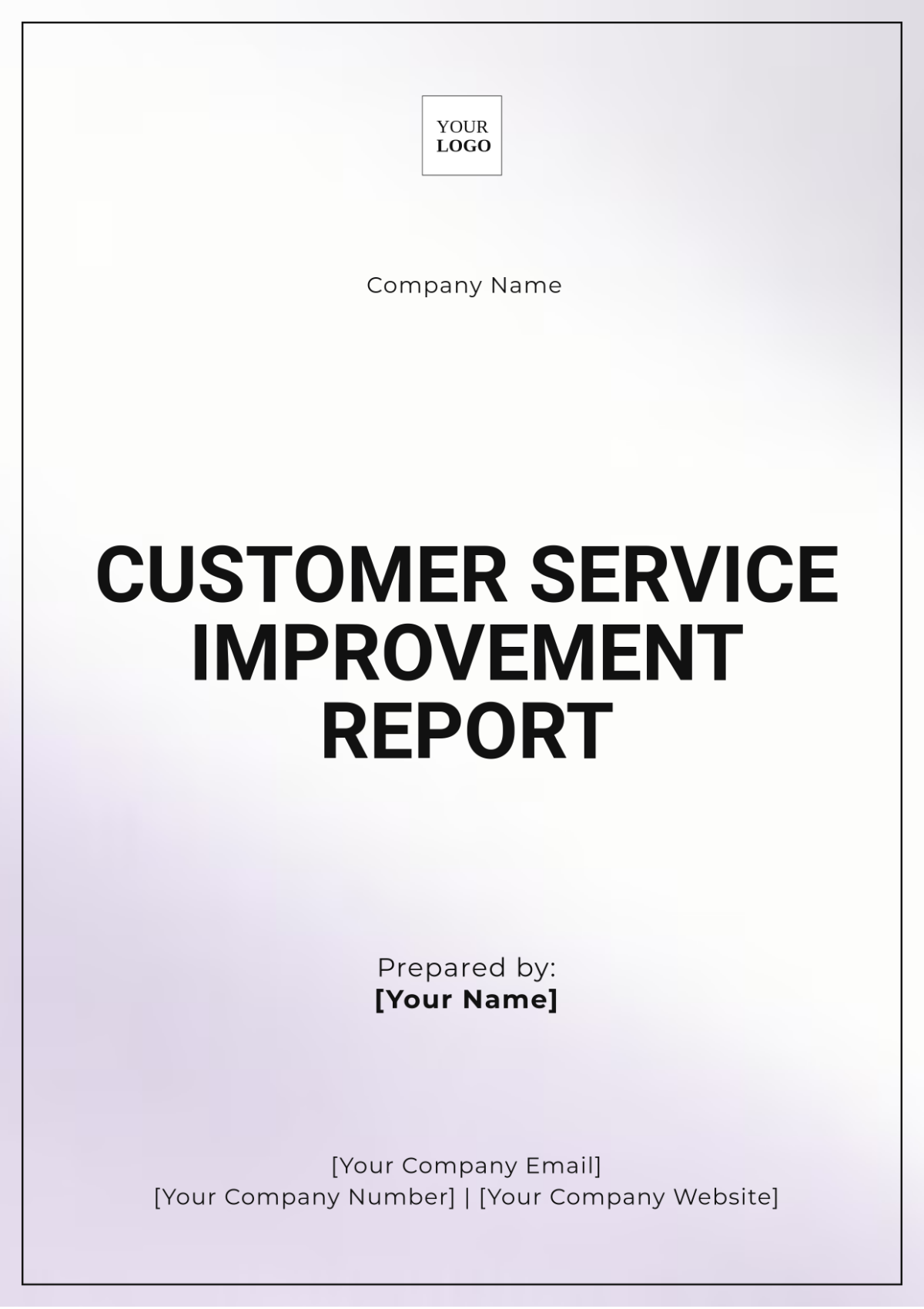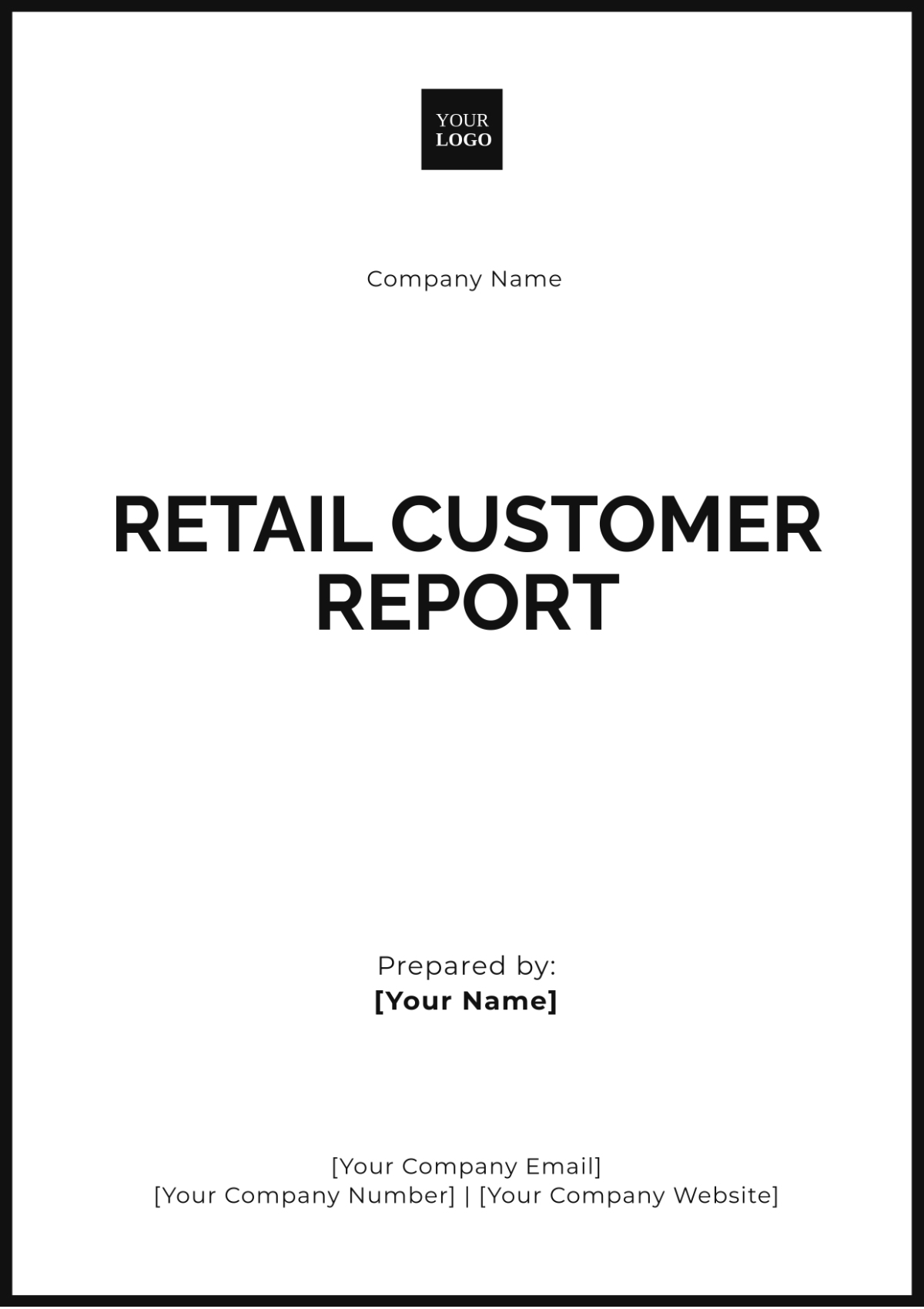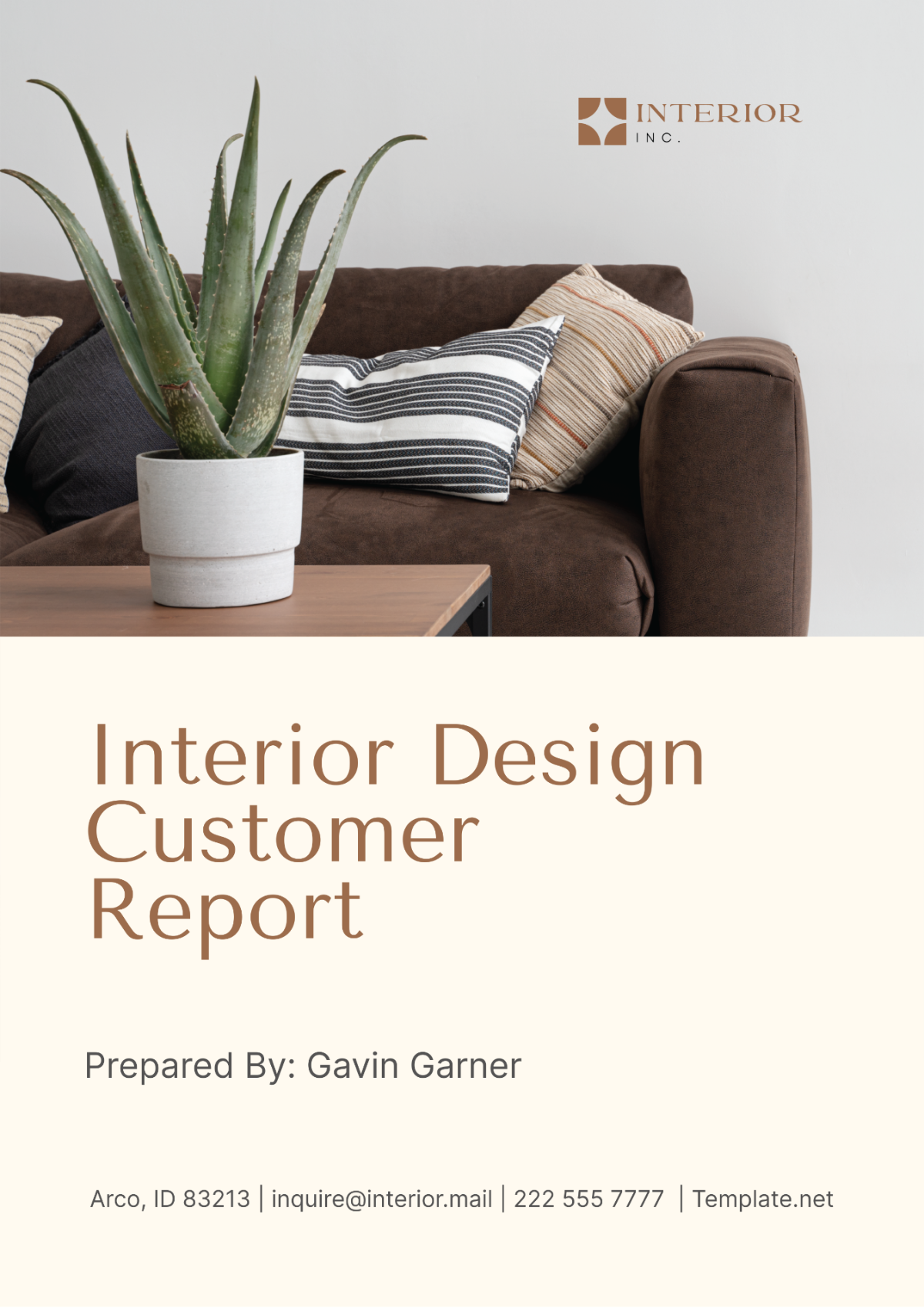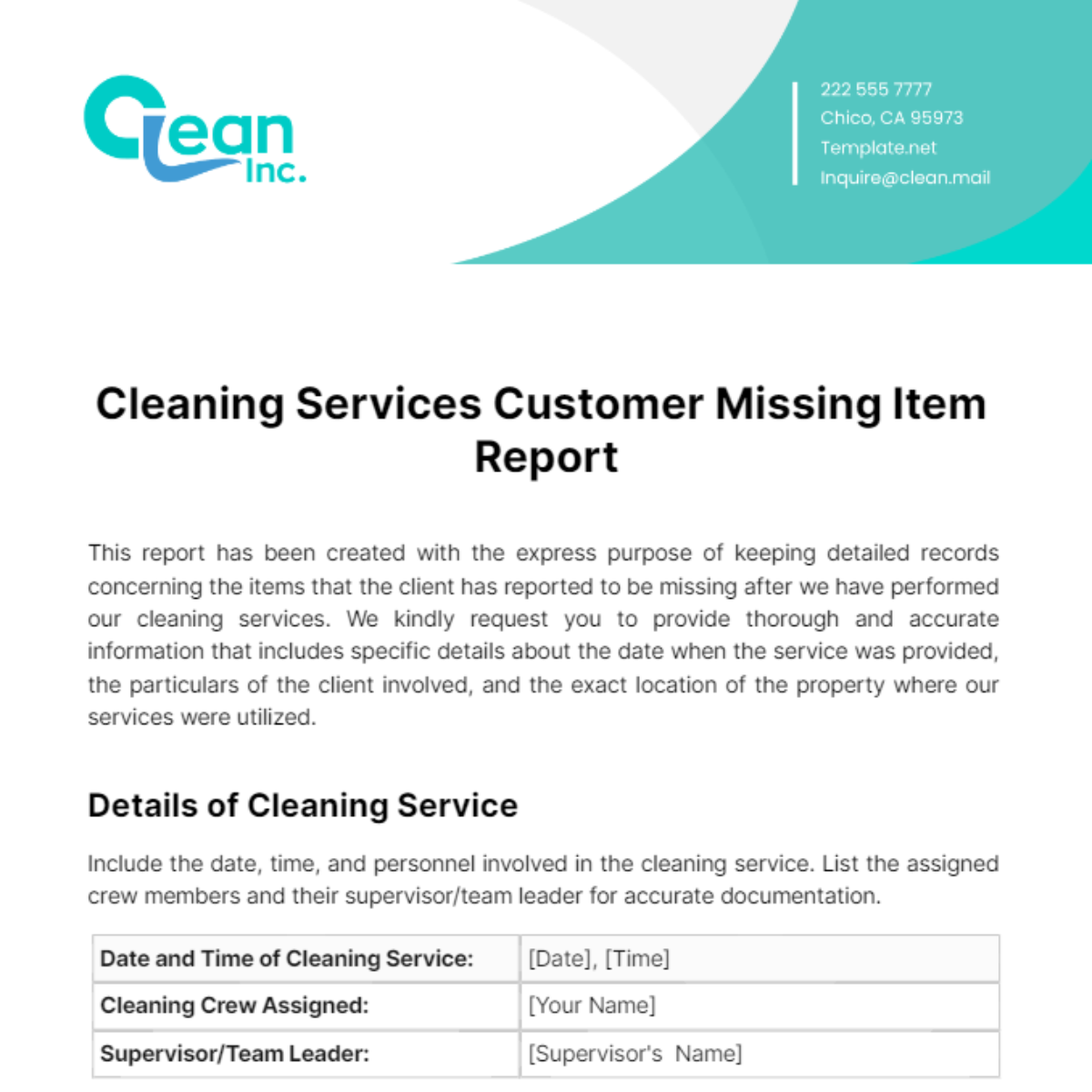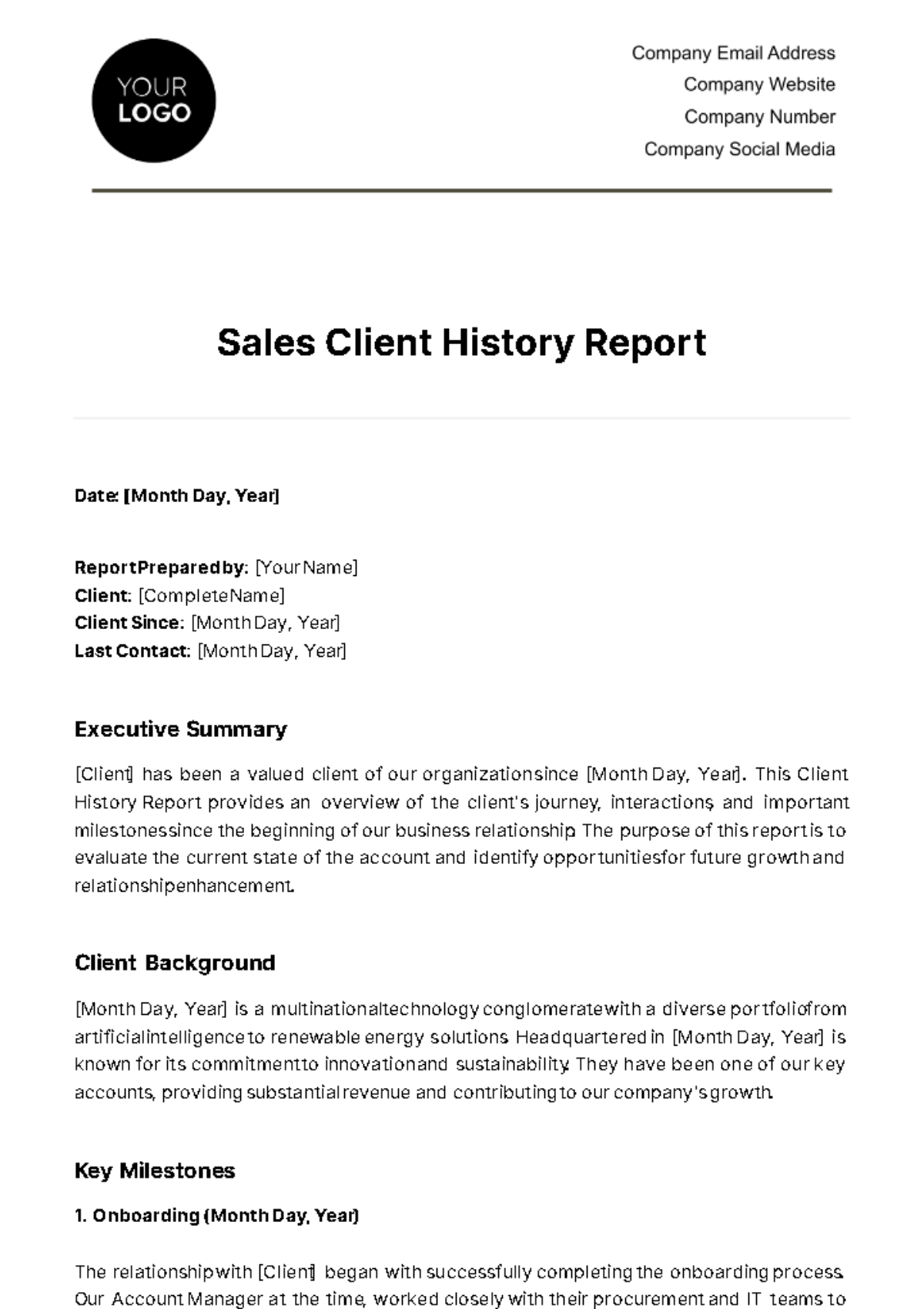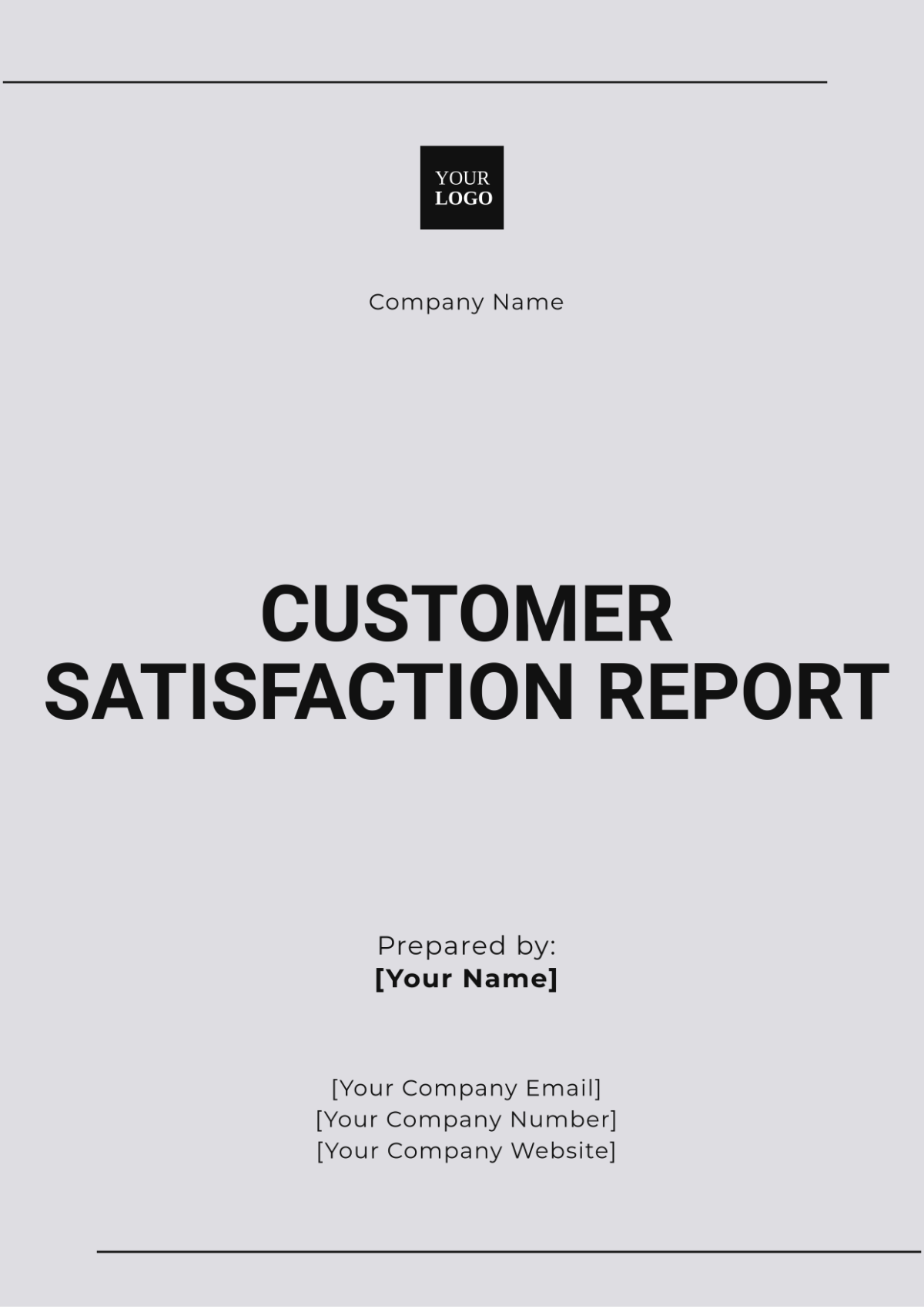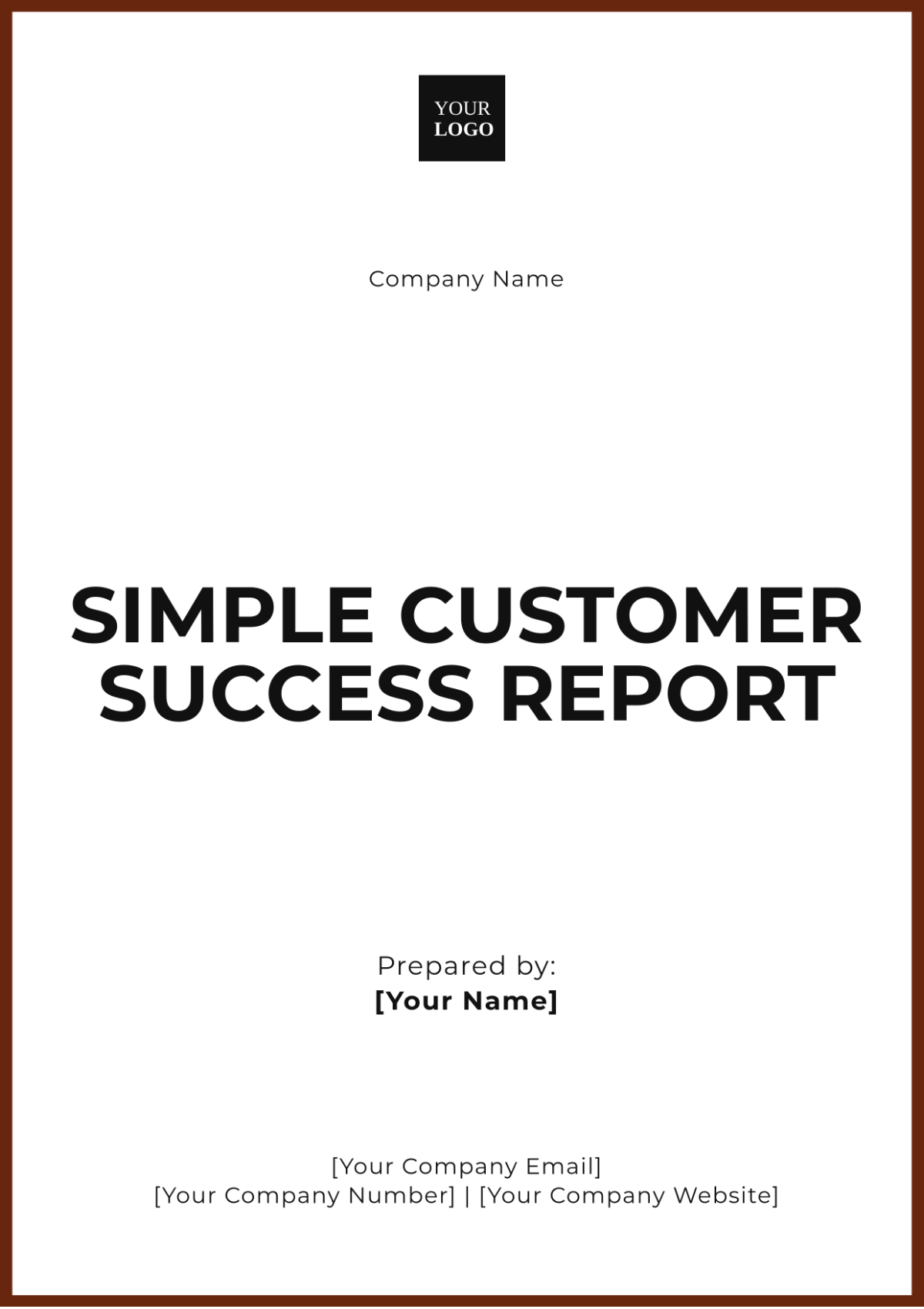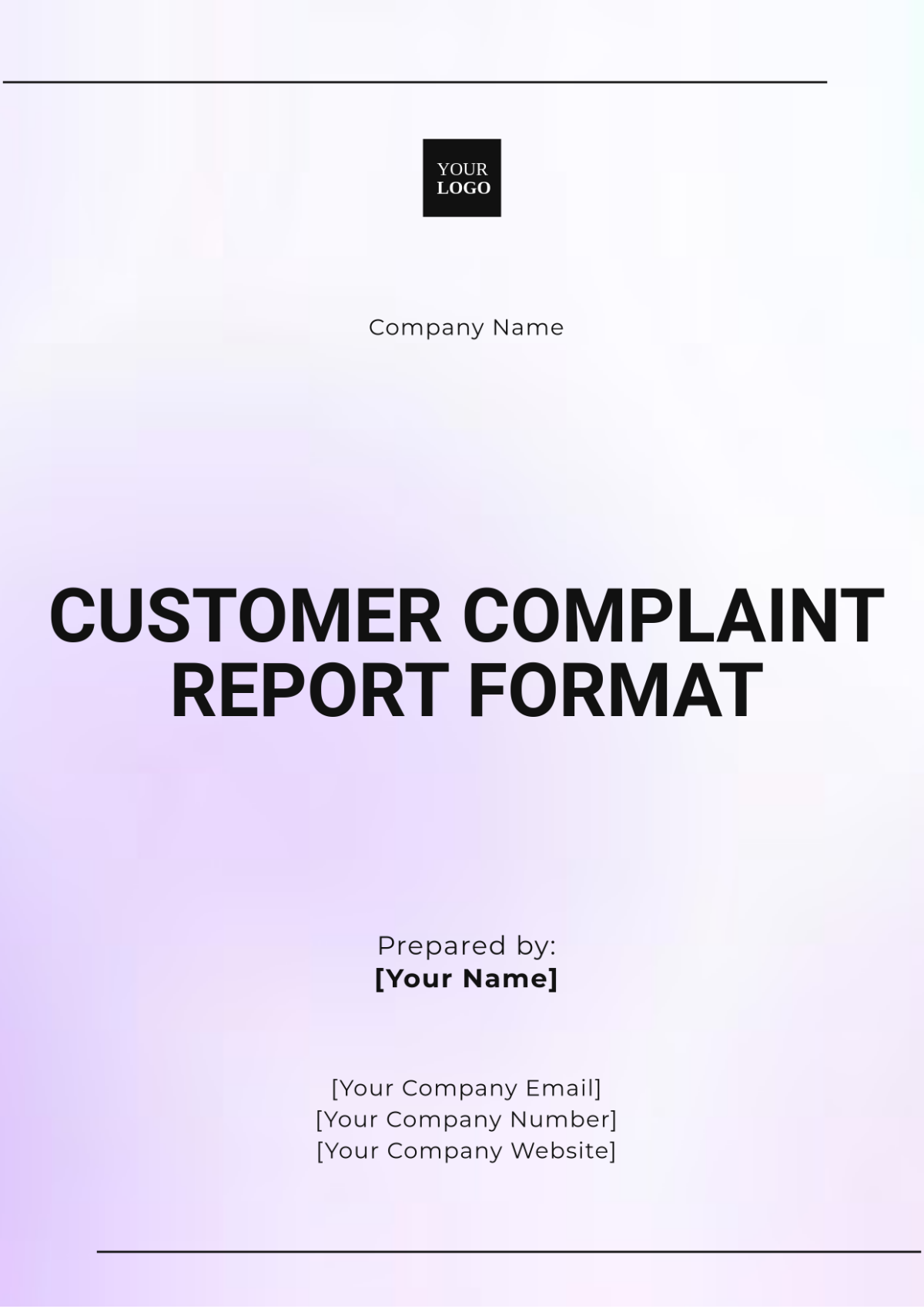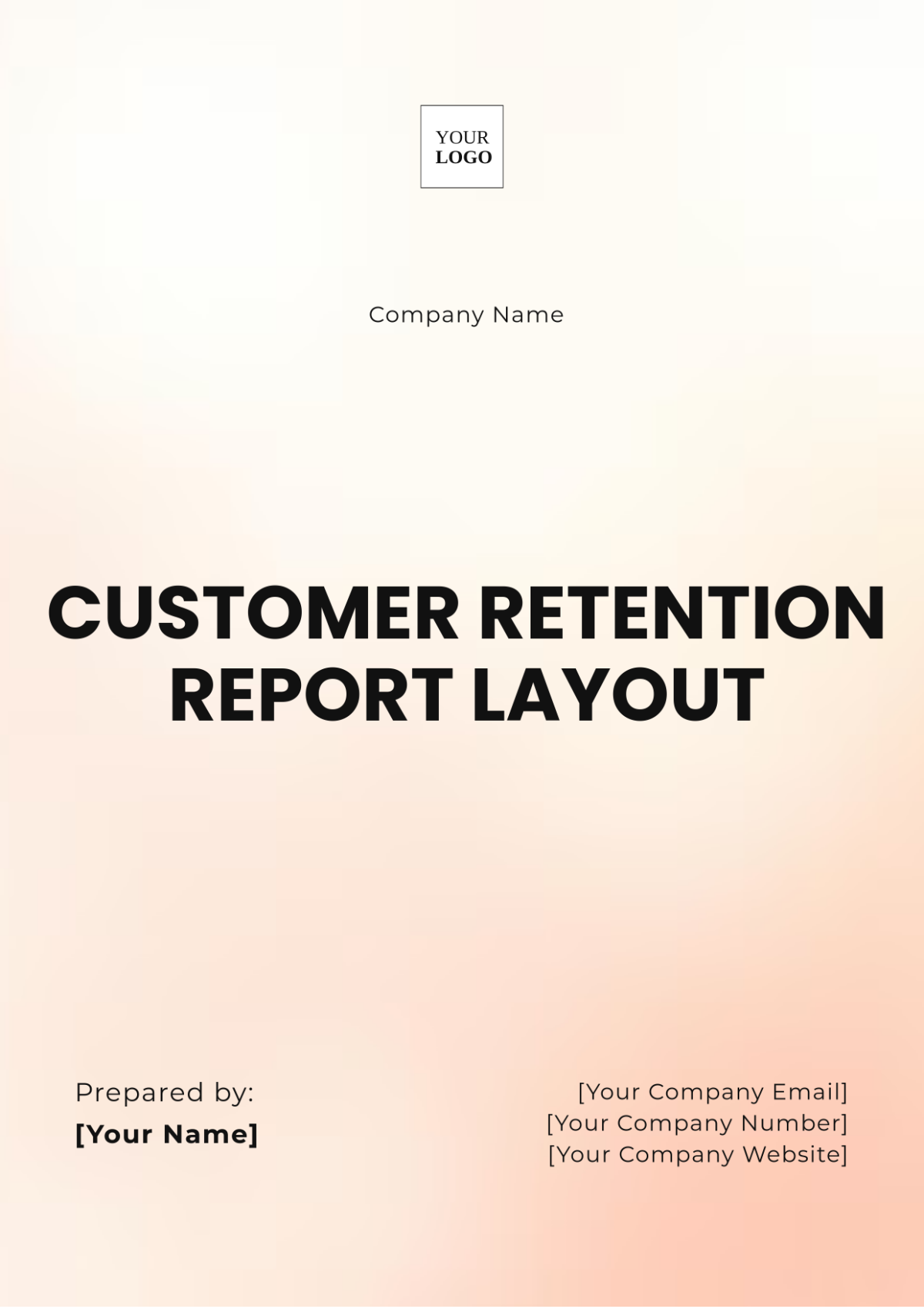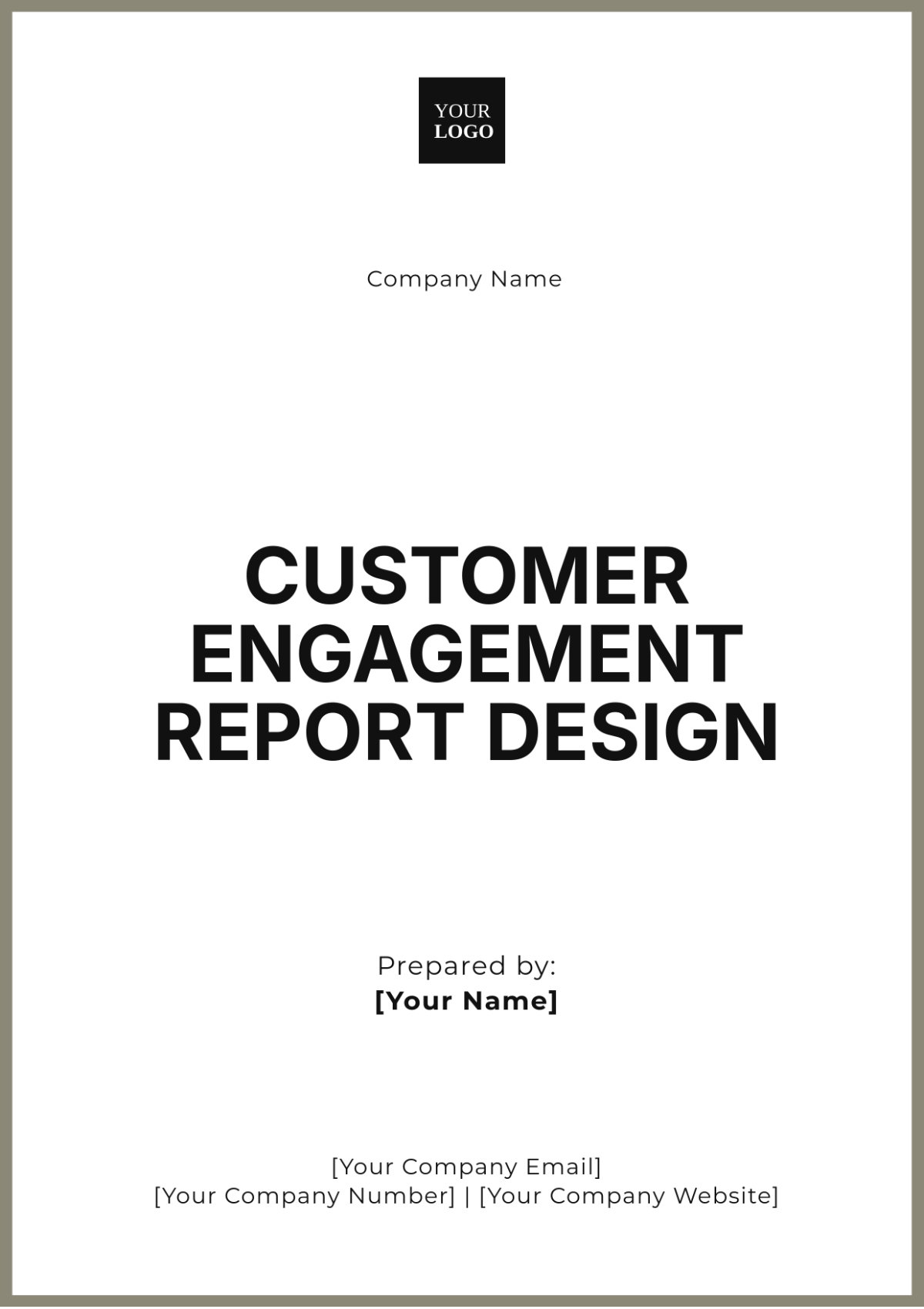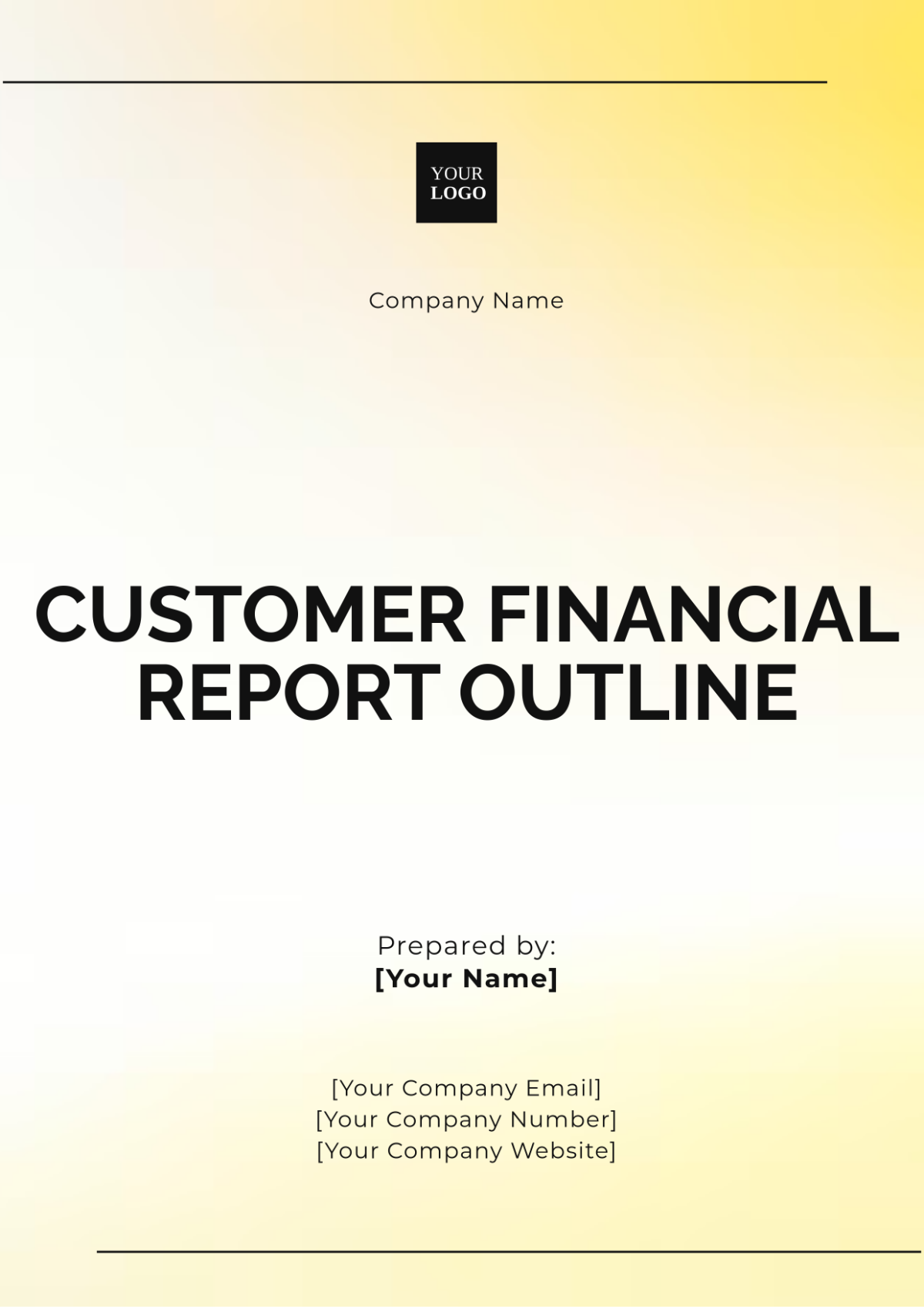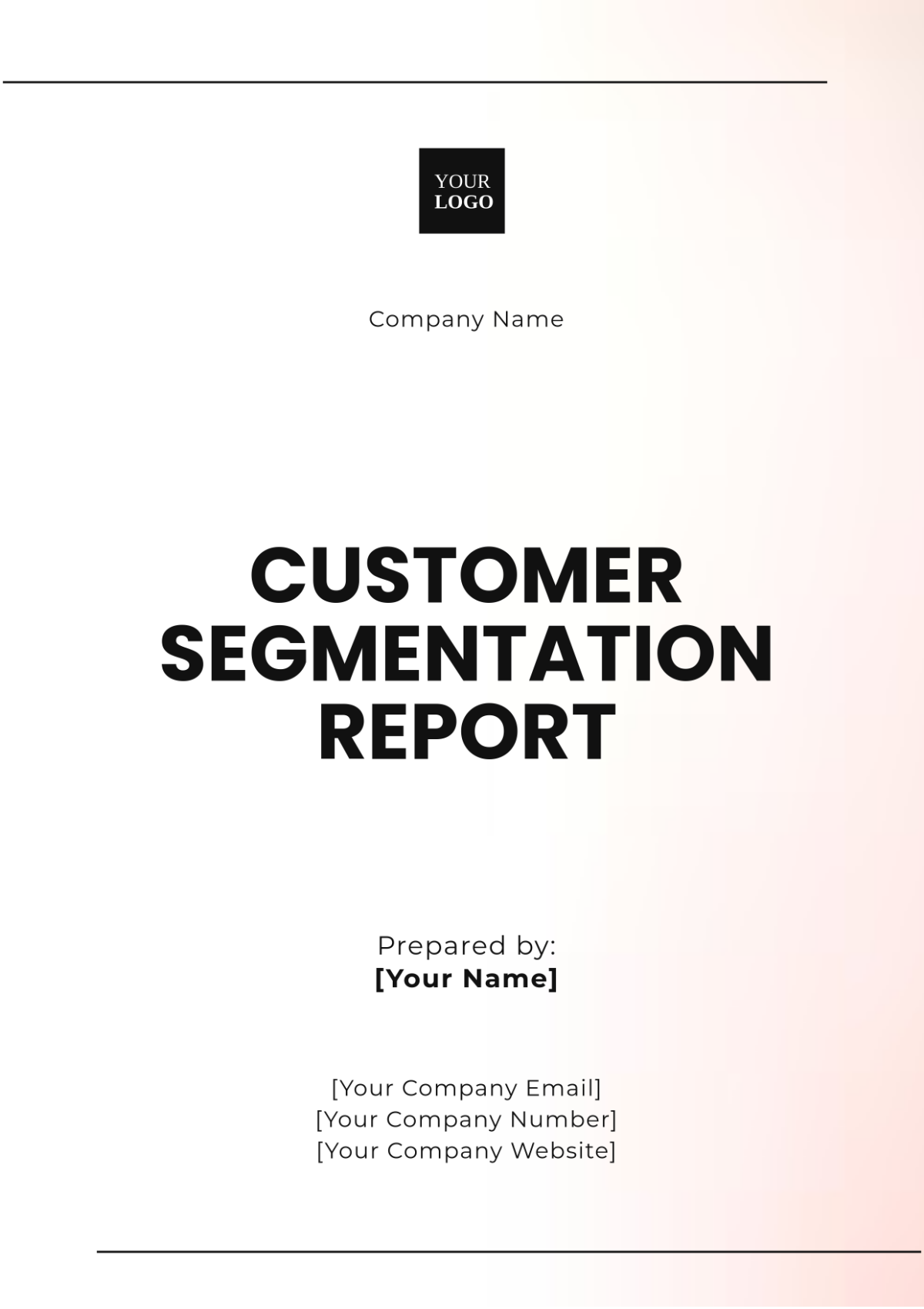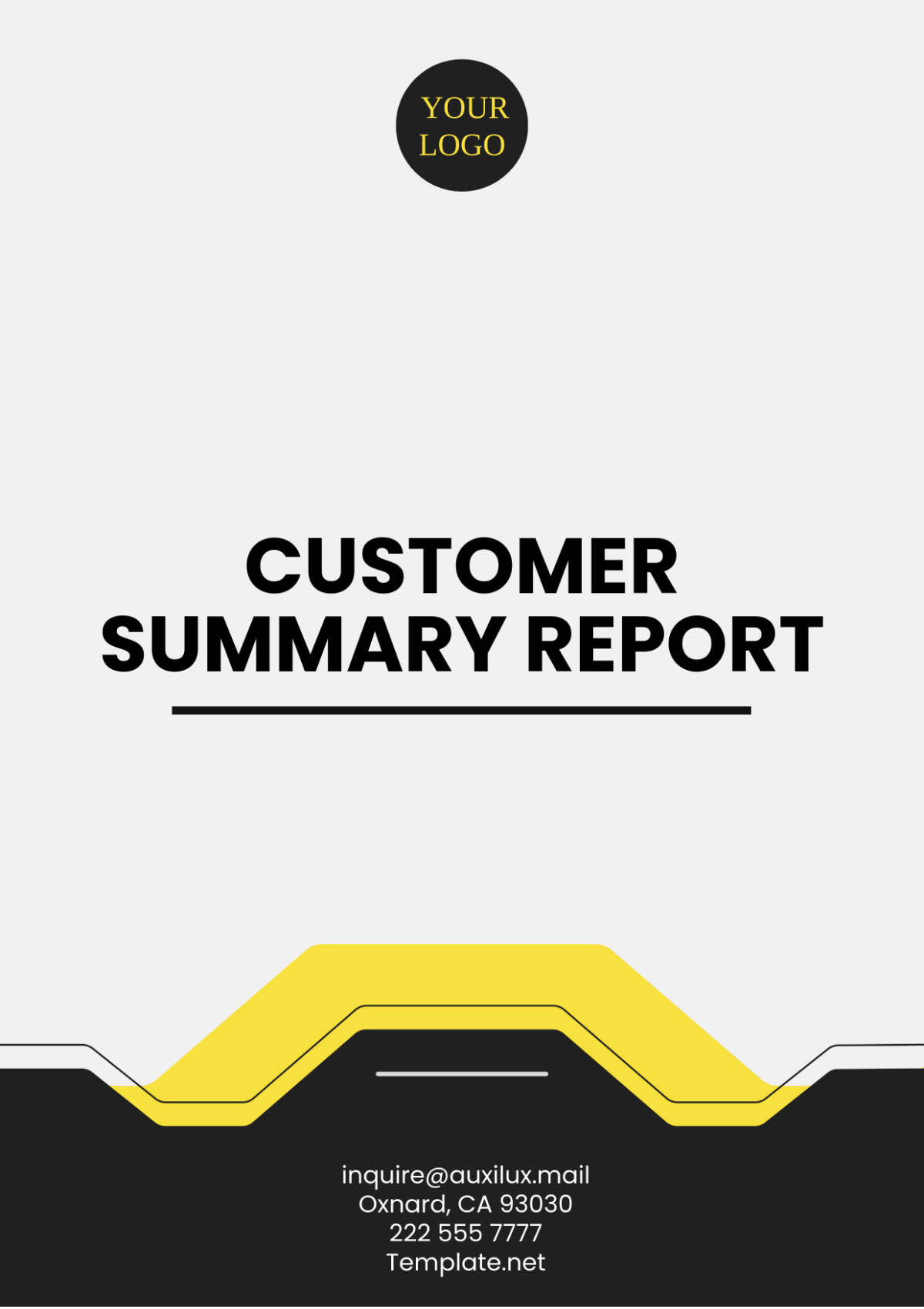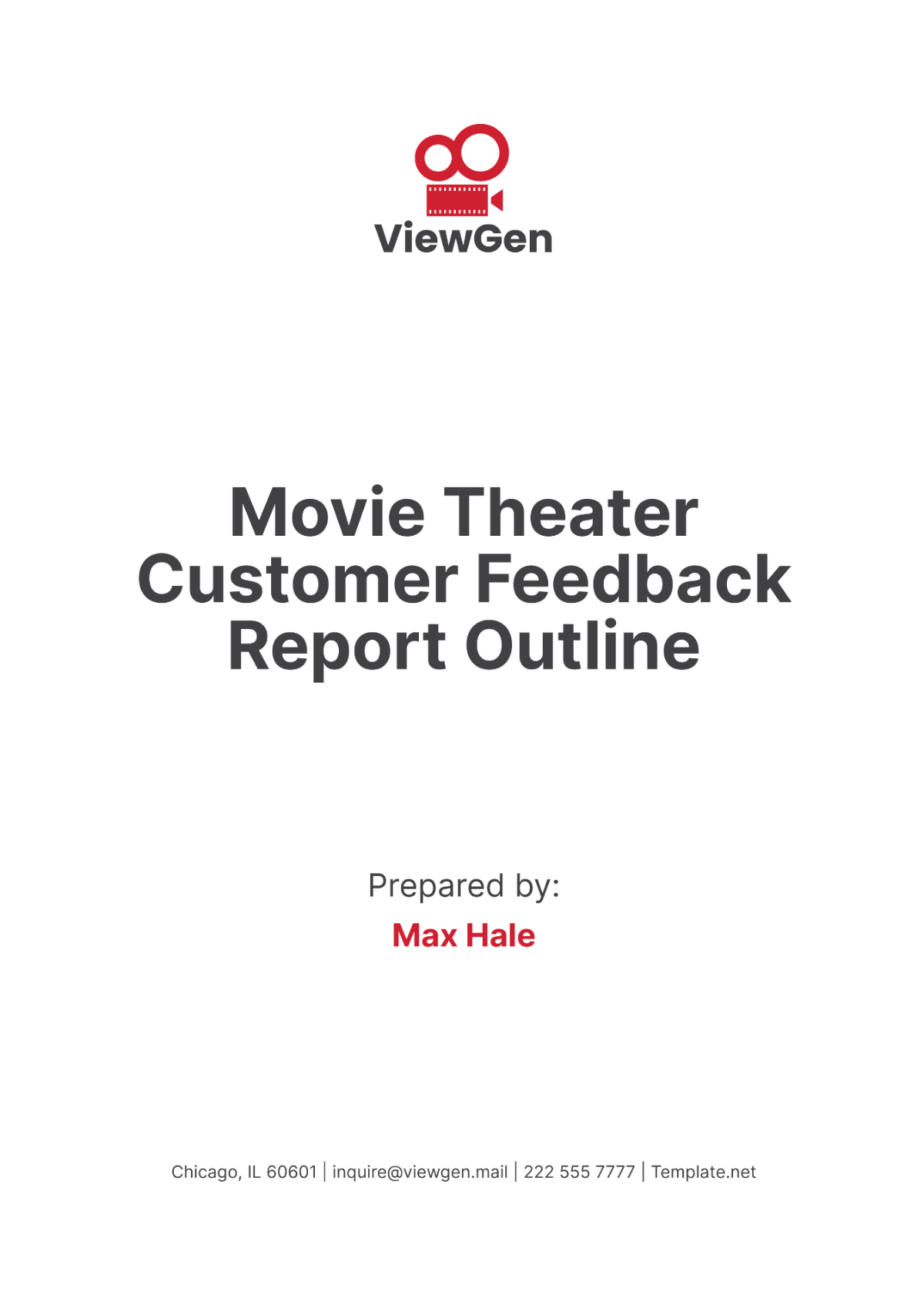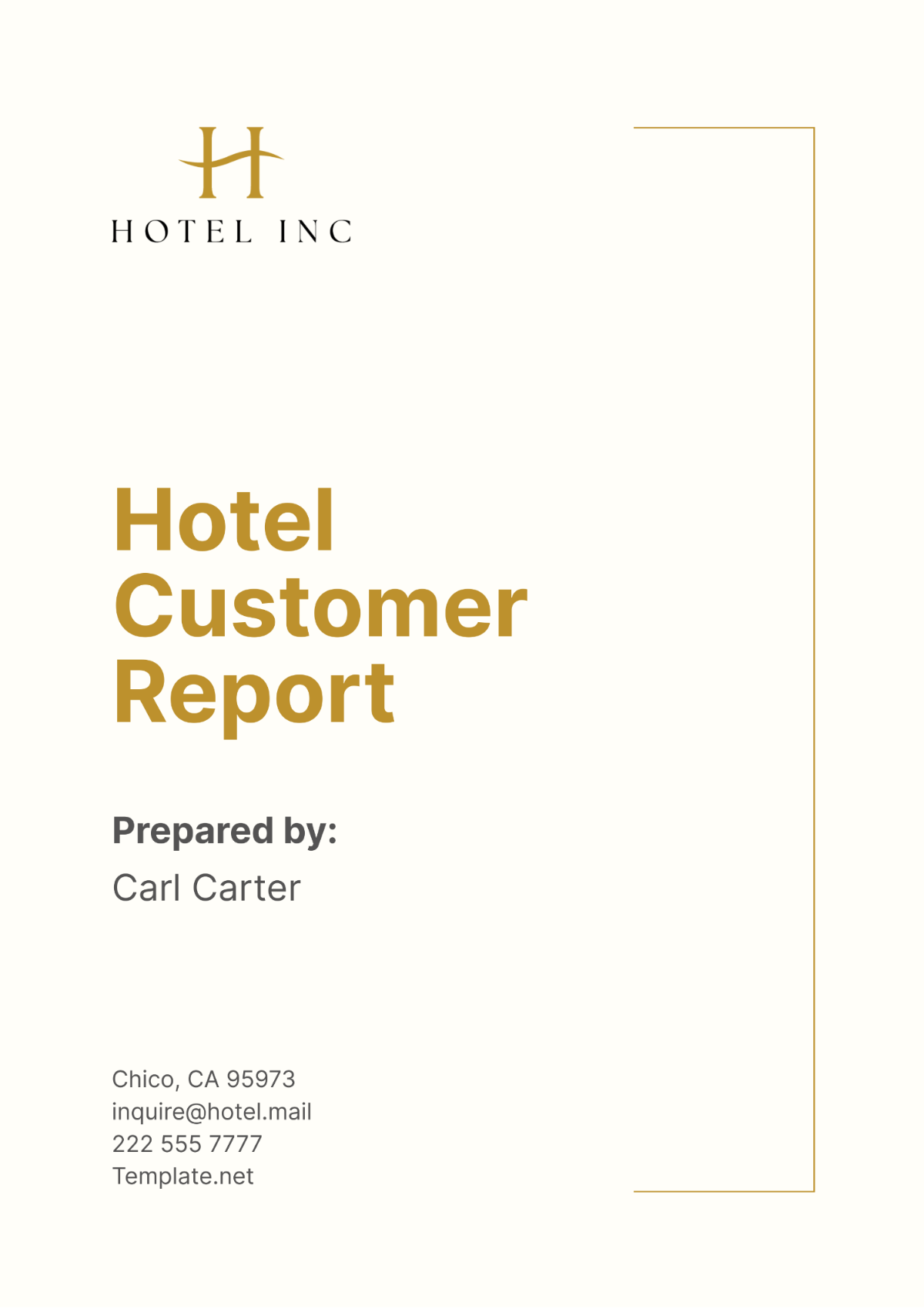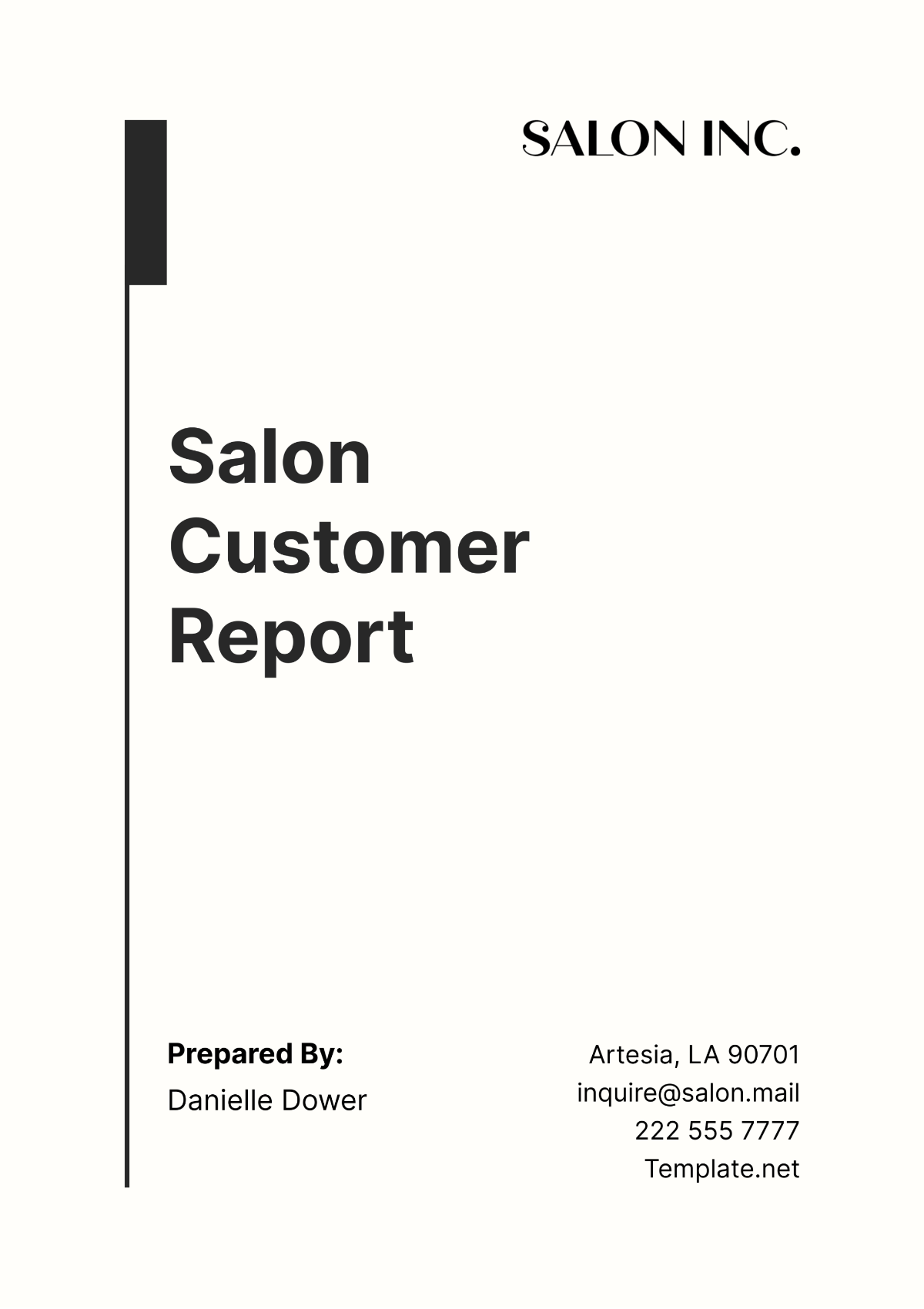Customer Retention Report Layout
Prepared by: [Your Name]
Company: [Your Company Name]
Date: [Date]
I. Executive Summary
This Customer Retention Report provides a thorough evaluation of our organization's ability to retain its customers, offering an in-depth analysis of key performance metrics such as the Customer Retention Rate (CRR) and Churn Rate over the past three quarters. It also delves into customer segmentation based on demographics and behavior, helping us to tailor retention strategies effectively. This report highlights the impact of retention initiatives, including loyalty programs and personalized communication efforts, and offers recommendations aimed at improving retention further. Insights from these analyses provide actionable strategies that can be integrated into upcoming customer engagement plans to ensure sustained growth and profitability.
II. Customer Retention Rate
The Customer Retention Rate (CRR) reflects the percentage of customers who remained engaged with the company during a specific period. A higher retention rate signifies stronger customer loyalty and satisfaction. Maintaining a high retention rate is crucial as it demonstrates our ability to keep customers satisfied over time. Below is a summary of the CRR over recent quarters:
Period | Retention Rate |
|---|---|
Q1 2053 | 85% |
Q2 2053 | 83% |
Q3 2053 | 87% |
Analysis:
The retention rate showed a dip in Q2 2053, likely due to seasonal factors or decreased engagement during certain campaigns. However, Q3 saw an improvement, correlating with the launch of a new loyalty program and revamped customer service practices.
The 87% CRR in Q3 reflects the success of targeted engagement strategies, suggesting that our focus on enhancing the customer experience is paying off.
III. Churn Rate
The Churn Rate measures the percentage of customers who have discontinued using our services or products over the same period. A lower churn rate is preferable as it indicates better retention performance.
Period | Churn Rate |
|---|---|
Q1 2053 | 15% |
Q2 2053 | 17% |
Q3 2053 | 13% |
Analysis:
Q2’s churn rate increase to 17% highlights a challenge faced during that quarter, possibly linked to changes in product offerings or competitive pricing.
The decrease to 13% in Q3 demonstrates our success in addressing customer concerns, particularly through enhanced personalized communication and improved service delivery.
IV. Customer Segmentation
Understanding customer segments is essential for designing tailored retention strategies. Our customer base is divided into key segments based on demographic and behavioral factors:
A. Demographic Segmentation
This focuses on customer characteristics such as age, income, and geographical location. It helps us identify which demographic groups are most loyal and where retention efforts need to be concentrated. For example:
Millennials (25-40 years old): 92% retention rate in Q3, indicating strong brand affinity.
Seniors (60+ years old): 76% retention rate, showing potential for improved engagement strategies.
B. Behavioral Segmentation
This considers customers’ purchase history and brand interaction. Key customer groups include:
Behavioral Segment | Characteristics | Retention Rate (Q3 2053) |
|---|---|---|
Frequent Buyers | Regular purchasers who engage with loyalty programs | 90% |
Occasional Buyers | Sporadic buyers who make purchases during promotions | 80% |
One-time Purchasers | Customers who made a single purchase and have not returned | 50% |
Analysis:
Frequent buyers display the highest retention rate, underscoring the effectiveness of loyalty incentives.
Occasional buyers need more personalized outreach and incentives to transition into frequent buyers.
One-time purchasers represent an opportunity for targeted re-engagement campaigns.
V. Retention Strategies
Our retention strategies are continuously refined to improve customer loyalty. The most effective strategies include:
Loyalty Programs
Our Rewards for Loyalty program, launched in Q2, has been a major success, offering points for every purchase, redeemable for discounts or free products. This initiative increased retention by 10% among frequent buyers.
Personalized Communication
We implemented data-driven personalized emails in Q3, tailored to customer preferences based on previous purchases. Customers who received personalized offers had a 15% higher engagement rate.
Customer Feedback Systems
Post-purchase surveys and feedback mechanisms introduced in Q2 allowed us to identify customer pain points more effectively. As a result, 85% of customers who provided feedback and received a follow-up solution returned for future purchases.
VI. Key Insights and Recommendations
A. Key Insights
Loyalty Programs are significantly driving retention, particularly among frequent and occasional buyers.
The churn rate reduction from Q2 to Q3 highlights improved customer satisfaction, likely due to the impact of personalized communication and enhanced customer support.
The One-time Purchasers segment presents a retention opportunity, where 50% do not return after their initial purchase.
B. Recommendations
Expand the Loyalty Program
Extend the loyalty program to include exclusive benefits for occasional buyers to encourage repeat purchases.
Enhance Personalized Communication
Use AI-driven analytics to further refine personalized emails, offering product recommendations tailored to individual customer preferences.
Re-engagement Campaigns for One-time Purchasers
Implement a re-engagement campaign offering discounts or special promotions to encourage one-time purchasers to make a second purchase.
VII. Graphs and Charts
The following charts visually represent the data discussed:
Retention Rate by Quarter
A line graph showcasing the rise and fall of retention rates from Q1 to Q3 2053.Churn Rate by Quarter
A bar chart illustrating the change in churn rates over the same period.Customer Segmentation Retention Analysis
A pie chart showing the retention rate of different customer segments (Frequent Buyers, Occasional Buyers, One-time Purchasers).
VIII. Conclusion
This report emphasizes the critical role of strategic retention initiatives in driving business success. Through targeted loyalty programs, personalized communication, and effective feedback systems, we have achieved significant improvements in both retention rates and churn reduction. Moving forward, it is essential to continue refining our data-driven approach to customer retention, with a particular focus on expanding loyalty incentives and improving re-engagement efforts for one-time purchasers. By consistently enhancing the customer experience, we can sustain these positive trends and build long-term brand loyalty.
